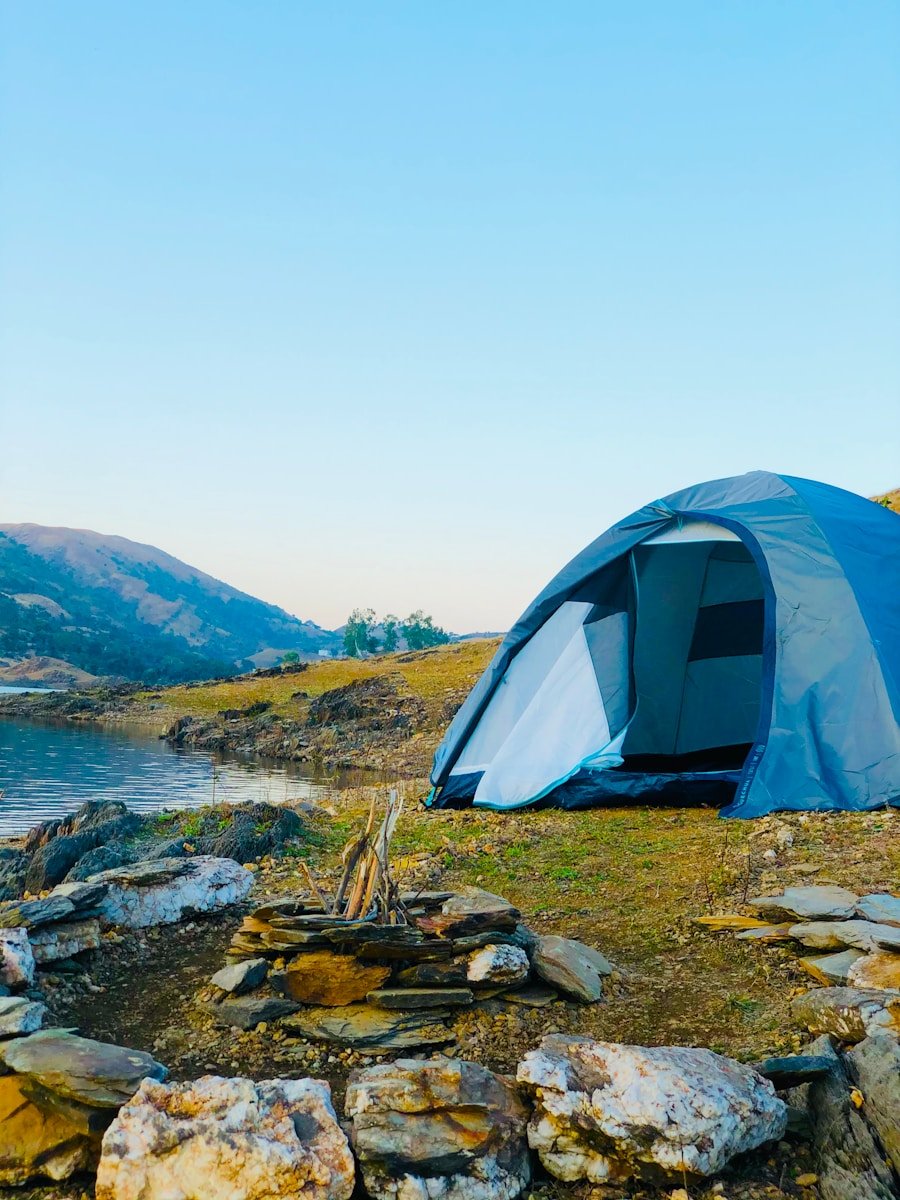Introduction
Pop-up shelters, also known as instant shelters or portable shelters, are versatile structures designed for quick assembly and disassembly. Their adaptability makes them invaluable across various industries and situations. Let’s explore the different use cases for these convenient shelters.

pop-up shelters
Outdoor Events: Essential Coverage
Pop-up shelters are a staple at outdoor events such as festivals, fairs, trade shows, and sporting events. They offer shade and protection from the elements for vendors, performers, and attendees, ensuring comfort and enhancing the event experience.
Camping and Outdoor Recreation: Comfort in Nature
For camping trips, picnics, and beach outings, pop-up shelters provide temporary sleeping areas, dining spaces, and storage for gear. Their ease of use and portability make them perfect for any outdoor adventure.
Emergency and Disaster Relief: Rapid Response
In emergencies or natural disasters, pop-up shelters are crucial for providing temporary housing, medical facilities, command centers, and supply distribution points. Their quick deployment helps support affected communities efficiently.
Construction and Work Sites: On-Site Solutions
At construction and work sites, pop-up shelters serve as temporary offices, break areas, tool storage, and restrooms. They protect workers from sun, rain, and other environmental factors, enhancing workplace safety and comfort.
Exhibitions and Trade Shows: Showcasing Excellence
Pop-up shelters are popular at exhibitions, trade shows, and product demonstrations. They provide a convenient space for showcasing products, engaging with customers, and conducting business in a professional setting.
Mobile Businesses and Food Stalls: Ready to Serve
For mobile businesses like food stalls, market vendors, and pop-up shops, these shelters offer a quick and cost-effective solution for setting up temporary locations, attracting customers, and driving sales.
Medical and Healthcare Services: Field Facilities
During public health emergencies or in remote areas, pop-up shelters function as field hospitals, vaccination centers, mobile clinics, and testing sites, bringing essential medical services to underserved populations.
Sports and Recreational Activities: Supporting Teams
In sports events and outdoor recreational activities, pop-up shelters serve as locker rooms, equipment storage areas, and spectator shelters, providing necessary support for teams and participants.
Gardening and Agriculture: Protecting Growth
Gardeners and farmers use pop-up shelters to protect plants, seedlings, and crops from extreme weather, pests, and animals, ensuring better growth conditions and yields.
Military and Defense Applications: Field Operations
In military operations, pop-up shelters provide temporary command posts, sleeping quarters, and storage facilities, supporting troops in the field with essential infrastructure.
Education and Training: Mobile Classrooms
Pop-up shelters can be used as temporary classrooms, training centers, or workshops, especially useful for outdoor education programs, field research, or community outreach initiatives.
Film and Television Productions: On-Set Essentials
On film sets and television productions, pop-up shelters are used as changing rooms, makeup stations, and equipment storage areas, providing convenient spaces for cast and crew.
Pet and Animal Shelters: Temporary Care
During natural disasters or animal rescue operations, pop-up shelters serve as temporary animal shelters, pet adoption events, or veterinary clinics, offering safe spaces for animals.
Festivals and Carnivals: Vendor Spaces
At festivals, carnivals, and outdoor markets, pop-up shelters provide shade and shelter for vendors, food stalls, information booths, and entertainment areas, enhancing the overall event experience.
Photography and Art Exhibitions: Creative Spaces
Photographers and artists use pop-up shelters as temporary studios, galleries, or exhibition spaces, providing controlled environments and protection for their work.
Mobile Libraries and Reading Spaces: Community Outreach
Pop-up shelters can serve as mobile libraries, reading corners, or storytelling areas at community events, book fairs, or outreach programs, promoting literacy and community engagement.
Tailgating and Outdoor Parties: Social Gatherings
For tailgating parties, outdoor barbecues, and social gatherings, pop-up shelters offer shade and shelter for food stations, seating areas, and entertainment setups, ensuring a comfortable and enjoyable experience.
Remote Workstations: Flexible Offices
Pop-up shelters can be used as temporary office spaces or remote workstations, providing private and protected environments for individuals working outdoors or in remote locations.
Research and Field Studies: Field Bases
Researchers, scientists, and field biologists utilize pop-up shelters for experiments, data collection, and wildlife observation, offering a temporary base for field studies.
Humanitarian Aid and Refugee Camps: Essential Support
In humanitarian aid efforts and refugee camps, pop-up shelters provide temporary housing, medical facilities, community centers, and schools, supporting displaced populations with essential services.
Conclusion
Pop-up shelters are versatile, adaptable, and indispensable across various industries and situations. Whether for outdoor events, emergency relief, or mobile businesses, these shelters provide essential coverage, protection, and convenience. Embrace the flexibility of pop-up shelters and discover their countless applications.





